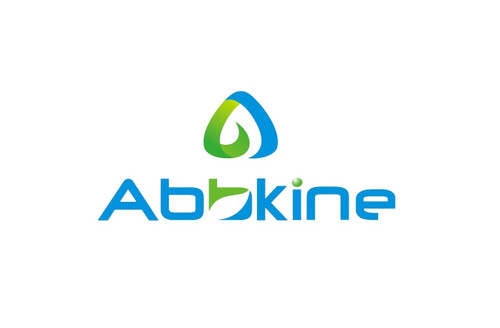Product Description
Mouse Dual specificity tyrosine-phosphorylation-regulated kinase 1A (DYRK1A) ELISA Kit | AE58864MO | Abebio
Species Reactivity: Mouse (Mus musculus)
Abbreviation: DYRK1A
Alternative Name: DYRK; DYRK1; HP86; MNB; MNBH; MNB/DYRK protein kinase|OTTHUMP00000109090|dual specificity YAK1-related kinase|mnb protein kinase homolog hp86|protein kinase minibrain homolog|serine/threonine kinase
Application: ELISA
Range: 0.156-10 ng/mL
Sensitivity: 0.063 ng/mL
Intra-Assay: ≤4.8%
Inter-Assay: ≤9.4%
Recovery: 0, 95
Sample Type: Serum, Plasma, Other biological fluids
Detection Method: Sandwich
Analysis Method : Quantitive
Test Principale: This assay employs a two-site sandwich ELISA to quantitate DYRK1A in samples. An antibody specific for DYRK1A has been pre-coated onto a microplate. Standards and samples are pipetted into the wells and anyDYRK1A present is bound by the immobilized antibody. After removing any unbound substances, a biotin-conjugated antibody specific for DYRK1A is added to the wells. After washing, Streptavidin conjugated Horseradish Peroxidase (HRP) is added to the wells. Following a wash to remove any unbound avidin-enzyme reagent, a substrate solution is added to the wells and color develops in proportion to the amount of DYRK1A bound in the initial step. The color development is stopped and the intensity of the color is measured.
Product Overview: DYRK1A encodes a member of the Dual-specificity tyrosine phosphorylation-regulated kinase family. This member contains a nuclear targeting signal sequence, a protein kinase domain, a leucine zipper motif, and a highly conservative 13-consecutive-histidine repeat. It catalyzes its autophosphorylation on serine/threonine and tyrosine residues. It may play a significant role in a signaling pathway regulating cell proliferation and may be involved in brain development. This gene is a homolog of Drosophila mnb gene and rat Dyrk gene. It is localized in the Down syndrome critical region of chromosome 21, and is considered to be a strong candidate gene for learning defects associated with Down syndrome. Alternative splicing of this gene generates several transcript variants differing from each other either in the 5' UTR or in the 3' coding region.
Stability: The stability of ELISA kit is determined by the loss rate of activity. The loss rate of this kit is less than 5% within the expiration date under appropriate storage condition. The loss rate was determined by accelerated thermal degradation test. Keep the kit at 37°C for 4 and 7 days, and compare O.D.values of the kit kept at 37°C with that of at recommended temperature. (referring from China Biological Products Standard, which was calculated by the Arrhenius equation. For ELISA kit, 4 days storage at 37°C can be considered as 6 months at 2 - 8°C, which means 7 days at 37°C equaling 12 months at 2 - 8°C) .
 Euro
Euro
 USD
USD
 British Pound
British Pound
 NULL
NULL












